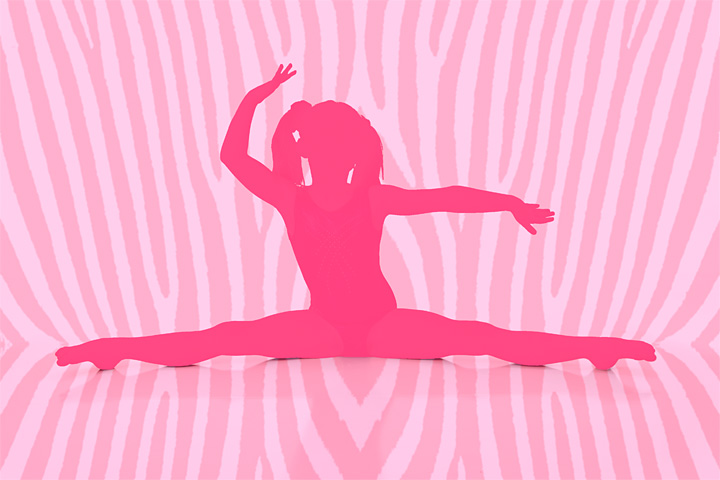 Melissa Morrison had finally broken off her rocky relationship with her fiance. Her sister Julie had warned her to stay clear of him, but as he had done before, he wormed his way back into her life. Julie's worst nightmare came true on Easter Sunday, 2011. He shot and killed Melissa in her Tampa apartment.
Melissa Morrison had finally broken off her rocky relationship with her fiance. Her sister Julie had warned her to stay clear of him, but as he had done before, he wormed his way back into her life. Julie's worst nightmare came true on Easter Sunday, 2011. He shot and killed Melissa in her Tampa apartment.
Julie Noble is pissed off. She doesn't want her sister Melissa's murder to become just another statistic of domestic violence. She's working with the Verizon Wireless Hopeline program. Hopeline collects and refurbishes old cell phones and gets them to women in abusive relationships. A person in trouble doesn't need to have a phone service plan to call 911. All that's needed is a working cellular phone. After being turned away by several large businesses for help in posting or distributing information about Hopeline, Julie found Joe's Crab Shack's Chelsea Ward. With support from Dal Tile and through a promotion by Joe's Crab Shack in October, Julie and Verizon collected 406 cell phones and 330 accessories and Verizon donated $1500 to ACT, Abuse Counseling and Treatment. Following the month-long promotion at Joe's, Julie and Chelsea asked if I would make some photographs to illustrate their efforts. These are three of the photos we made together.
ACT reports that 40% of homicides here in Lee County in 2011 were related to domestic violence. At the end of October, ACT's shelters for victims of domestic violence were full.
Julie doesn't want other families to learn about domestic violence the same tragic way she and her family did. She wants to get across three important messages:
- To victims in abusive situations now: You need to start thinking about the abuse you're enduring the way schools think of bullying - zero tolerance, not 1,2,3 strikes you're out - because your life is not a baseball game and you might not make it to the 3rd strike.
- To family members of loved ones in trouble: Get involved. Speak up. Voice concerns. Take action! A loved one angry at you for meddling is still alive. A loved one gone because you didn't do enough becomes a painful memory.
- To our community: Step up! We need help to bring attention to this epidemic nationally. It takes a village to raise our kids; it takes a community to raise awareness.
To learn how you can donate your old cell phone, click here.
© 2012 Buck Ward The Photographist www.buckward.net
Verizon HopeLine graphics used with permission

















































